The strategy map tells us what we need to produce to achieve our mission. It’s also a risk map because the outcomes would threaten the achievement of the mission if they weren’t delivered.
Risk appetite is determined by the outcomes on the strategy & risk map: the more ambitious the outcomes, the greater the risk appetite.
Risks from the existing risk register are integrated with the outcomes they threaten and those which threaten no outcome at any level are deleted. (We’re using the word risk in the sense of. ‘chance’, and the word threat in the sense of ‘warning’.)
Risk weighting is determined by the corresponding outcome’s position in the outcome hierarchy.
The Perendie platform® manages risk by identifying the causes and effects of each outcome, the contributory outcomes, the key risk to the outcome, a predictor indicator, and the activities required to mitigate the risk.
The platform requires successive levels of the organisational hierarchy to say how they will contribute to the outcomes the organisation needs and makes the information visible to anyone at the touch of a button. This encourages ethical behaviour and facilitates risk management by showing what everyone’s doing and what’s likely to happen, incidentally making risk management part of everyone’s day job.
The use of causality provides a predictive ERM framework which prevents problems, instead of trying to put things right when they’ve gone wrong.
Existing risk registers are integrated into the platform by assigning risks from the registers to the outcomes they threaten and deleting those which threaten no outcome.
It’s an approach to Enterprise Risk Management which:
- integrates ERM with other management processes and the outcomes the organisation has said it needs
- devolves risk management responsibility throughout the organisation
- predicts the probability of mitigating the organisation’s risks.






